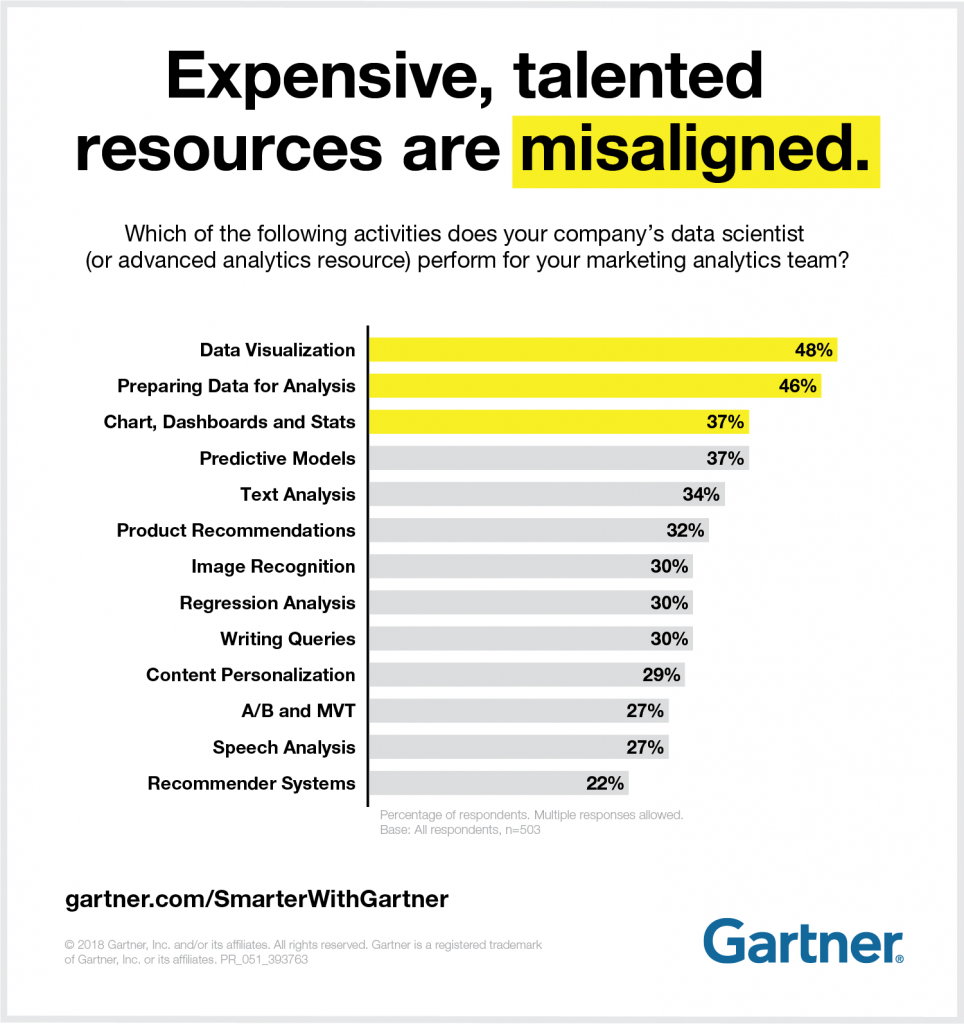The pandemic has radically transformed how we interact with people, make choices, consume media, and do business. This transformation in consumer behavior has forced marketing and sales teams to update their game to influence behavior.
If you look around, irrespective of industry or company, marketing teams are consistently on a hunt for creative ways to promote their offerings and optimize campaigns for better results. While this is true in almost all sorts of campaigns, performance marketing is the primary candidate for discussion.
I recently had an interesting interaction with the leadership team at one of the leading media agencies. While the meeting agenda was different, our discussion soon moved towards the challenges, trends, and best marketing practices in 2022.
For the context, these guys manage the biggest brands in FMCG, telecom, and financial services with a collective digital spend of millions of dollars per month.
While I can’t share the specifics, it was clear that most of these brands do not have deeper visibility into their funnel. Since they sell products through distribution partners, offline vendors, and e-commerce players, there is little access to in-depth analytics and shopping cart information.
As a result, despite spending millions across channels, their teams cannot determine the exact impact or ROI (ROAS & CAC, for example). As a result, they have to base their data and reporting on marketing mix modeling and vendor-provided insights.
Imagine if these multinational brands with millions of dollars worth of Adex face this issue; what would be the scenario for smaller firms and startups.
Anyways, this discussion led me to write this piece for you.
The lessons I am sharing with you are worth paying attention to, irrespective of your role, company size, campaign, or budget, as they apply to almost any performance marketing campaign.
1. Pay attention to data
In recent years, marketers have increased their spending on data-driven marketing approaches to ensure they can build and manage the right set of campaigns.
However, Gartner’s report confirms that most organizations spend most of their time prepping data rather than conducting analysis. Hence, most marketers have a hard time turning consumer data into actionable information.
So, the first lesson is to stay on top of your data — pay attention to the right data sets and make sense of it. The other part of the lesson is to avoid deceptive statistics (read vanity metrics).
At times, we tend to impress others (bosses, clients) with big numbers like impressions, but they are of no value if there is no underlying conversion or click-throughs.

2. Avoid silos
This lesson has an extensive application as you can interpret and apply it across various areas.
When teams are working in silos, the results are terrible. Similarly, when marketing channels and data work in silos, it seldom works in favor of business.
My strong recommendation is to collect and combine as much data as possible and then make sense of it. One channel alone might not predict a pattern or audience behavior, but a combined dataset might offer some insight.
Just like we use channel synergies to make the campaigns effective, try to apply the same practice at data analytics.
3. Don’t categorize channels by funnel stage
Marketing and sales activities are usually planned and executed according to the funnel as it simplifies activities for each stage.
However, one should not associate a particular marketing channel with a specific funnel stage. Different mediums can help at various stages of lead nurturing.
Modern consumers are savvy. They check with multiple content pieces and information bits across channels before moving to the decision stage. Therefore, your focus should be on the buyer’s journey and positively influencing it.
4. Pick a suitable attribution model
For those who do not know, the attribution model is a rule that determines conversion credit for marketing channels. To calculate their cost of acquisition or ROAS, marketers need to analyze the user journey and determine which channel attracted the lead.
There are numerous attribution models available, and you should select the one suitable to your campaign type, channel, and objectives. The short video by Analytics teams should help determine the right one for you.
5. Balance long-term and short-term goals
As they say – haste makes waste.
Often, we tend to compromise on long-term stability and growth for short-term gains. Some marketers over-rely on paid mediums to drive instant sales. While this can be an excellent short-term tactic, it should never be opted for as a long-term business strategy. Paid acquisitions are killer for any business, especially if you are unsure about the customer lifetime value exceeding the costs.
The best marketing mix does not sacrifice long-term stability for short-term targets; instead, it focuses on building a solid revenue generation engine.
Finally, marketing is all about testing. It would be best to play with different messages, offers, tools, channels, audience segments, and data. With each trial episode and gathered intelligence, you will be closer to your goals.
I hope my learnings help you plan and execute better marketing campaigns. If you find these ideas helpful, do not forget to share and help your friends be better at their jobs.
More, I would love to hear your thoughts in the comments section below.

